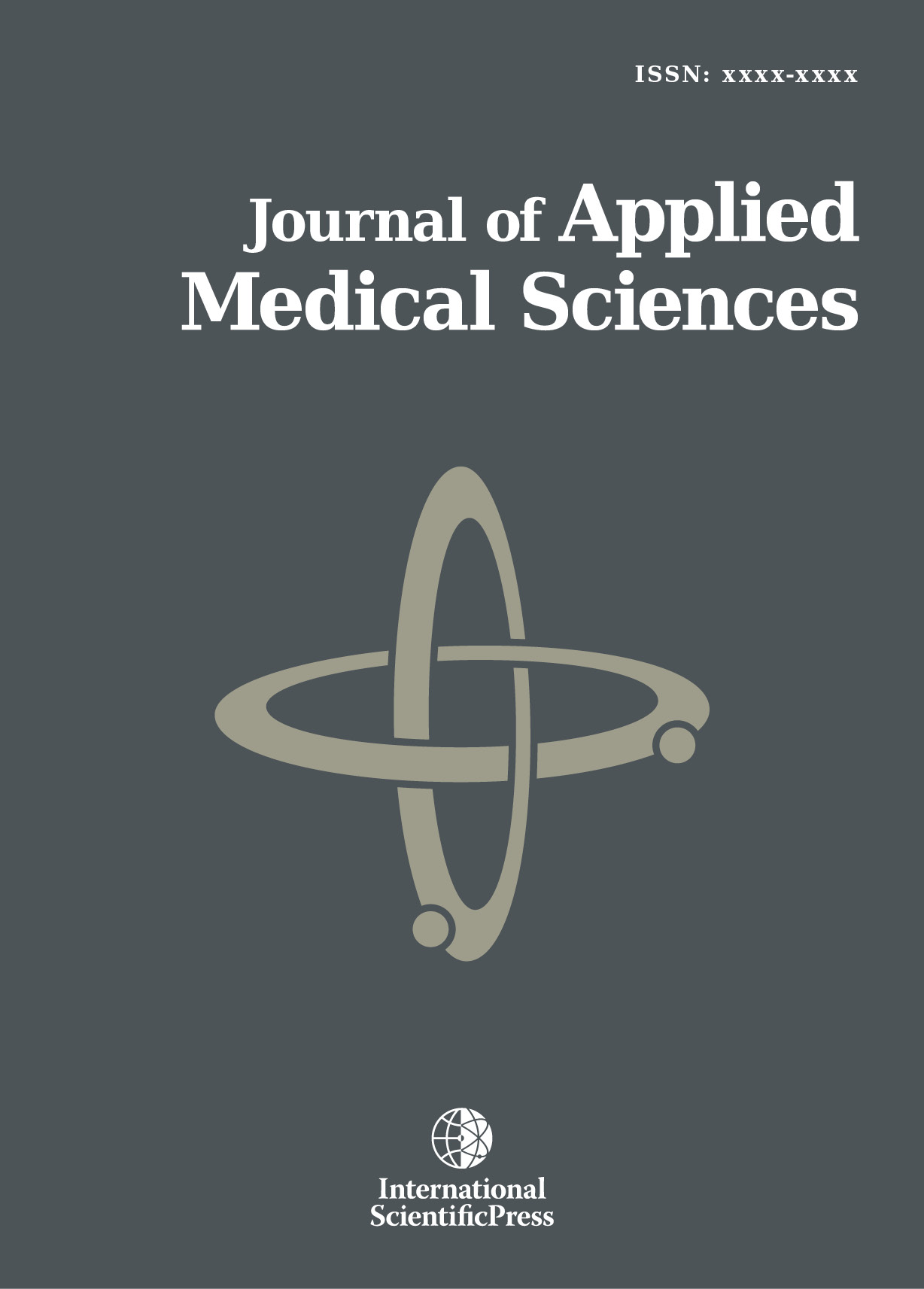Journal of Applied Medical Sciences
Capabilities and Validity of Graphical Methods in Explorative Data Analysis
-
 [ Download ]
[ Download ]
- Times downloaded: 10098
-
Abstract
The adequate use of statistical methods is an indispensable aspect of generating novel findings in medical research. Generally, there is a focus on presenting the p-values of biometric results, although their validity has to be assessed critically. At the same time, the capabilities of graphical approaches of descriptive statistics are exhausted just rarely to outline the essential findings emphatically. By means of retrospective data from emergency medicine, the application of simple, but non-standard graphical methods is demonstrated to highlight the main results. The objective is to identify injury patterns at particular accident sites. Frequencies and weighted kappa coefficients are graphically displayed to present the results. Appropriate contingency tables enable rapid identification of the most frequent combinations of accident site and injury type. Furthermore, respective spider and star charts illustrate alternatively the most important connections and frequencies. A diagram displays the kappa coefficients with confidence intervals facilitate a fast assessment of the accordance of diagnoses at accident site and clinic. Graphical methods of descriptive statistics are suitable to work out the essential results of a medical research question in retrospective samples. Effectively, there are no creative limits for their application to illustrate a particular issue in an individual manner.
